Jacques Saoutchik, Maître Carrossier: 1948 Talbot-Lago Grand Sport Chassis 110101
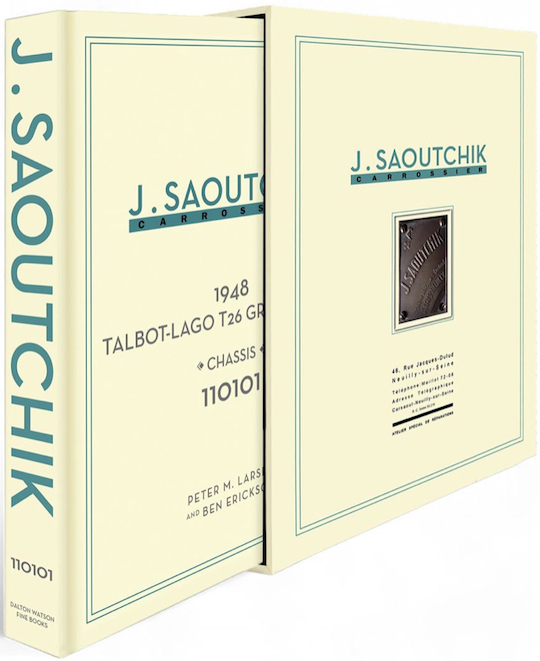 by Peter M. Larsen and Ben Erickson
by Peter M. Larsen and Ben Erickson
“Is this a coffee table book? Mayhap. There are certainly wonderful images galore. If it is, this would be a first for us, and nothing wrong with that. But we like to think that the book is a bit more serious in its historical intent.”
“And the award goes too . . .” This book may well end up winning an award but the topic it is about already has: chassis 110101 just won its class (also runner-up for Best in Show) at the 2024 Pebble Beach Concours which just happens to be where this book was launched a few days earlier. On its own each of these events is plenty special but for them to coincide is just about unheard of.
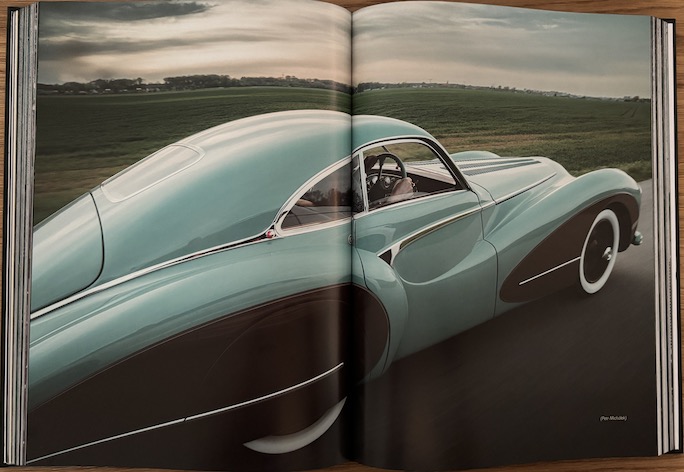
As to the intro quote, not to worry, this is a properly serious book, and it’s also a typical Larsen/Erickson opus in the sense of the Mae West (!) quote that happens to appear elsewhere in the book: “Too much of a good thing can be wonderful.” If you know any of their previous work you know already that these fellows leave no path untrodden. If you are simply too impatient for their leisurely pace, the book has a fine Table of Contents and multiple Indices so you can strike out on your own.
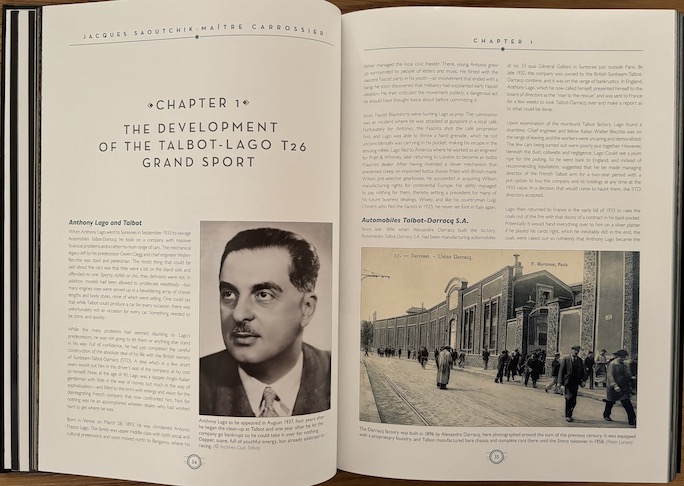
The book is the fullest achievable account of just one car, a 1948 Talbot Lago T26 Grand Sport bodied by French coachbuilder Saoutchik as one of two fastback coupés with a low roofline (there are four more with a high roofline, which, even though no two are alike has caused over the years plenty of misidentifications in the photographic record because those two styles are not easy to tell apart unless you see them side by side which is a rare occurrence although all six survive).
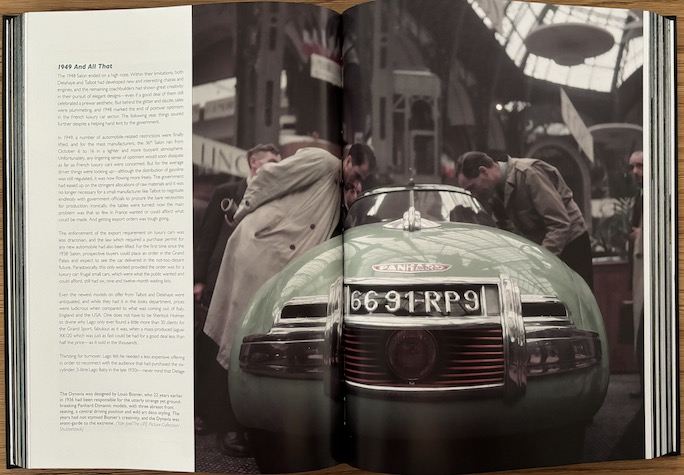
This Dynavia has nothing to do with the T26, and it is not the only non-Talbot to to be shown and discussed, all in the service of establishing just what the lay of the land was around the time of 110101.
To appreciate the above-mentioned Mae West quote, consider that the book takes three of five chapters to lay the groundwork in the form of biographical material, a quick dip into the French auto industry in general and postwar styling trends and auto shows in particular, and remarks about Talbot-Lago. The remaining two chapters deal with the history of chassis 110101 and the newest restoration, begun in 2017 by the present owner and followed throughout by the authors albeit not initially with a future book in mind but because they are marque experts.
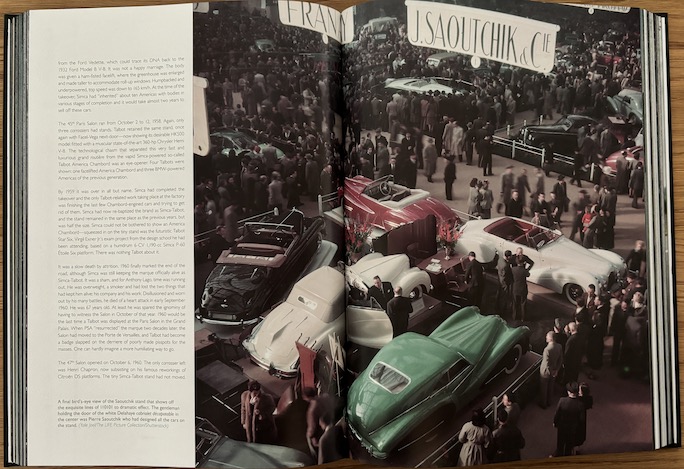
You couldn’t have missed 110101 at its Paris Auto Show launch, the Saoutchik stand being No. 1, right by the entrance. This overhead shot also gives a good impression of how large these cars are!
A quick sidebar: if you have the authors’ Talbot-Lago book (2012, same publisher) you would recognize this car as the one on the cover. It had pride of place because this coachwork design shows Jacques Saoutchik at the height of his art, as Larsen writes, “a level of perfection Saoutchik never attained again.” And if you are asking yourself why the new book doesn’t look like the old Talbot book but like the 3-volume set Jacques Saoutchik, Maître Carrossier (2014, also Dalton Watson), well, there’s no right answer here except that the authors decided it fit better with one than the other. Really only matters so you can plan to clear a hole in the right slot on your bookshelves.
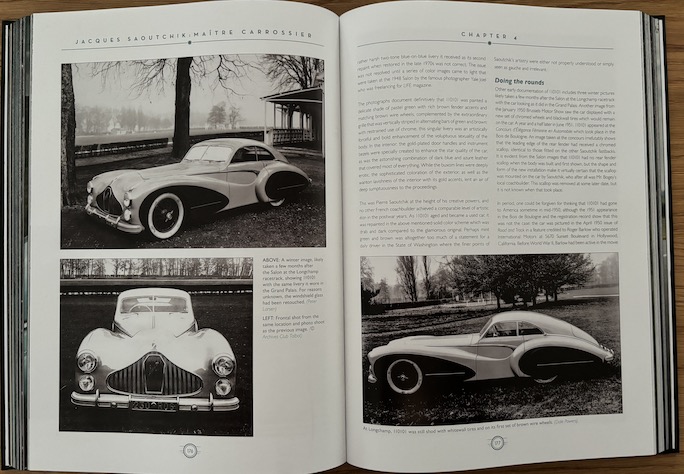
Before any color photos of the car were discovered, just around the time the Talbot book was being written, b/w was all there was but even here you can tell clearly which areas were light (the main body) and which were dark (the fender panels). So how come Pebble Beach, the paragon of authenticity, gave this car a first in class in 1980 when the color scheme was basically reversed (below), never mind the wrong colors?
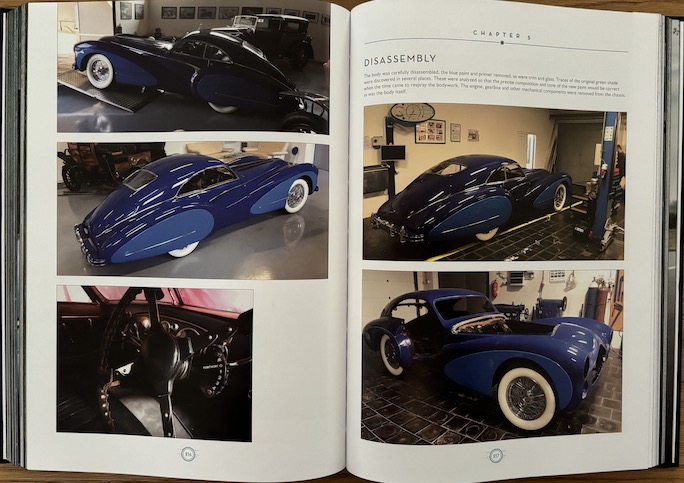
Chassis 110101 took up 15 pages in the Talbot book so even if, say, half of the new book’s 328 pages is given to photos, there’s obviously a whole lot more space left to go deeper into the subject, both on the factual and especially the interpretative side. The restoration chapter especially will be of relevance to anyone dealing with questions of authentication and research, not least in the context of concours judging (this car had won at PCB before, in completely different unoriginal colors and trim pieces.) That the work itself was done in the Czech Republic where the car presently resides will interest anyone considering that part of the world (availability of craftspeople, labor costs) for restorations.
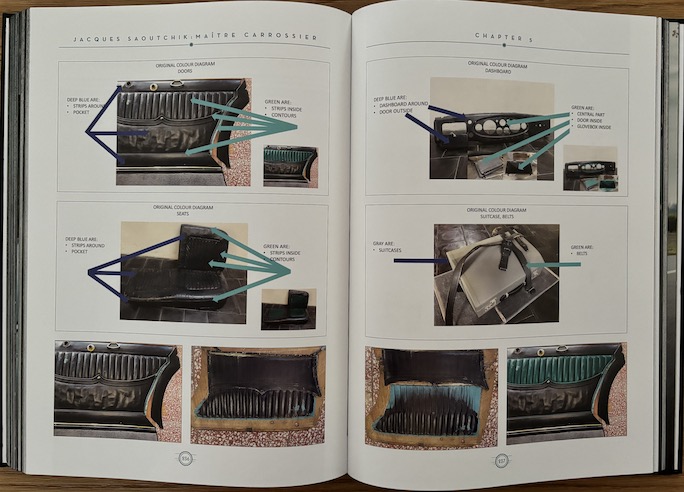
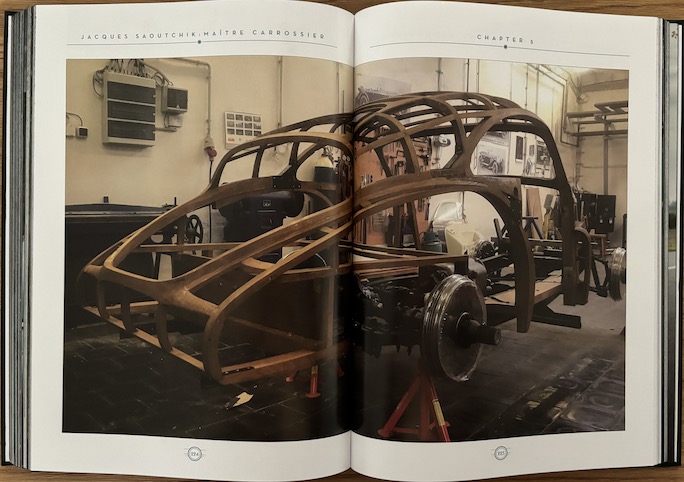
Given the highly specialized subject matter, a book review for a general audience cannot meaningfully discuss all details in equal measure so let’s summarize by saying that this book is a very special accomplishment in terms of “vision” (apprehending the importance of a subject and also of the timeline) and commitment (to free up time, the authors made the hard choice to “interrupt” their ongoing, multi-multi-year Figoni publishing program [much gnashing of teeth from subscribers to those books . . .], which also affects their designer).
There are many reproductions of original documents; and plenty of period as well as recent custom photography commissioned by the car’s owner. One Appendix covers all the other T26 GS built and another those that were designed but never built. The pages-long Bibliography encompasses the wider subject of European coachwork and the non-book section includes dozens of magazine articles.
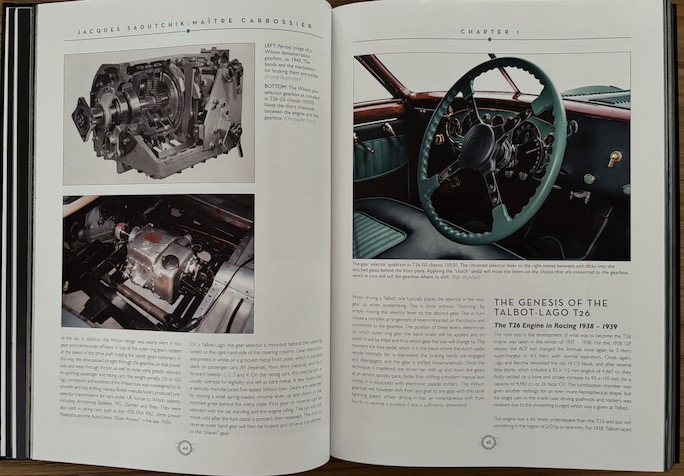
A pages-long description of the gearbox and shifter enables armchair drivers to “practice” operating the unusual mechanism. “When driving in top, an instantaneous shift from fourth to reverse is possible if one is sufficiently dimwitted.”
Copyright 2024, Sabu Advani (speedreaders.info).


 RSS Feed - Comments
RSS Feed - Comments


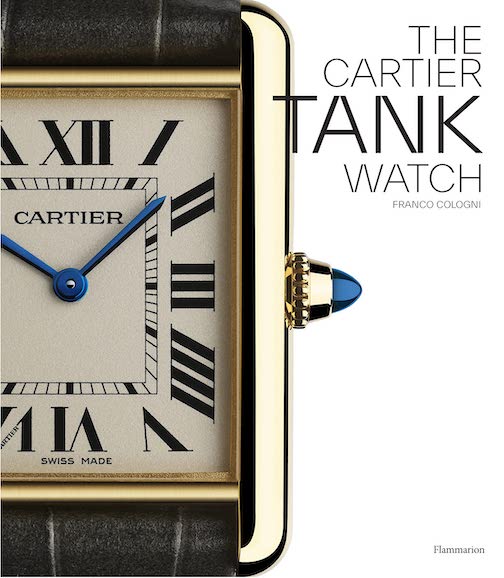
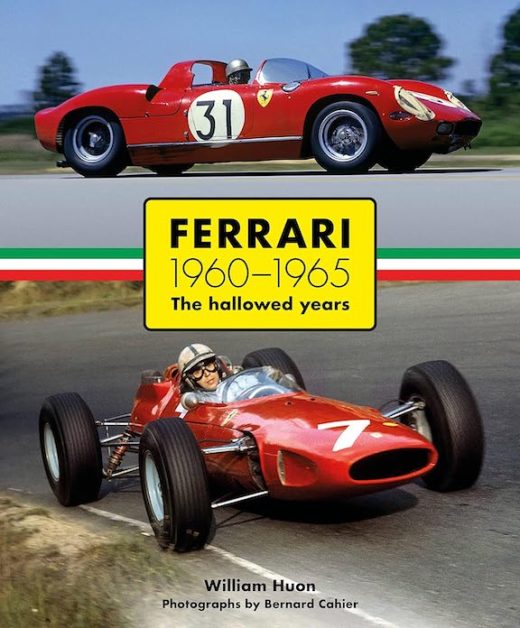




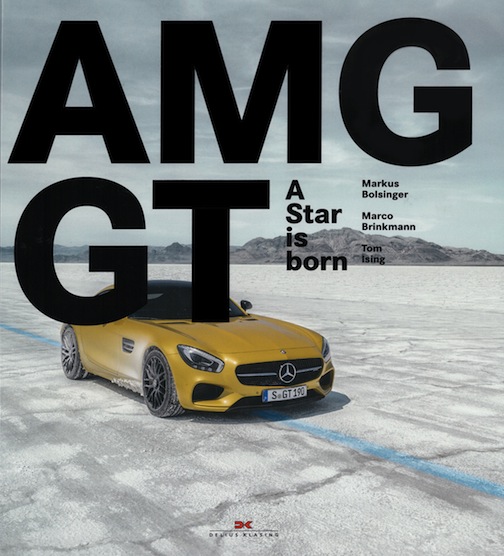



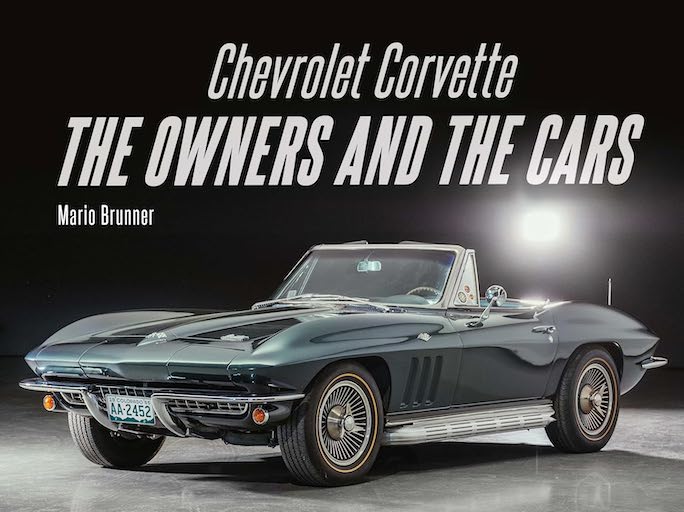
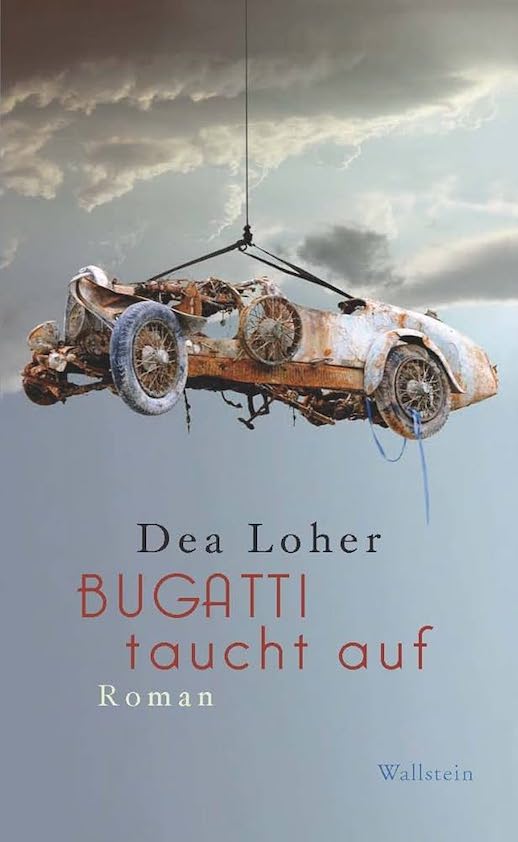
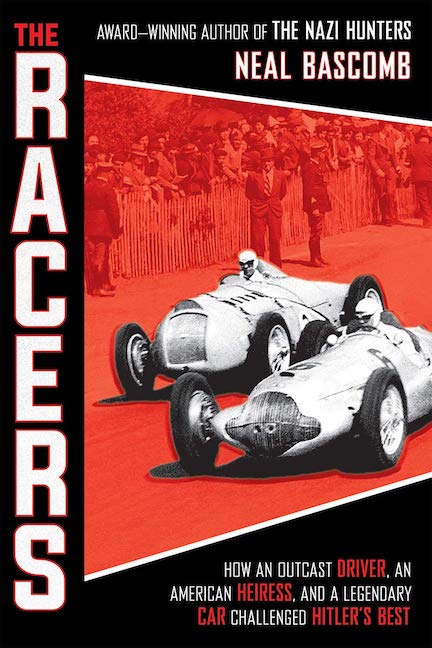

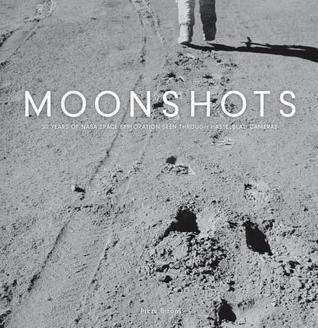

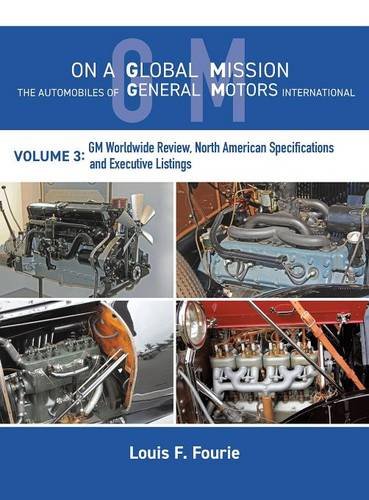
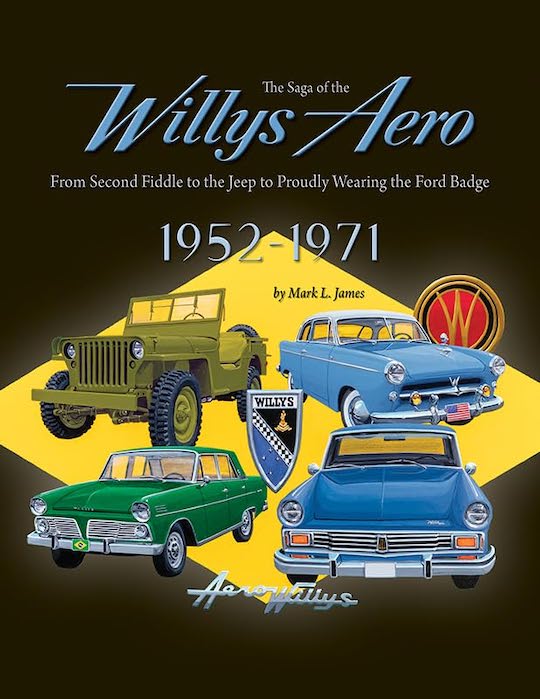
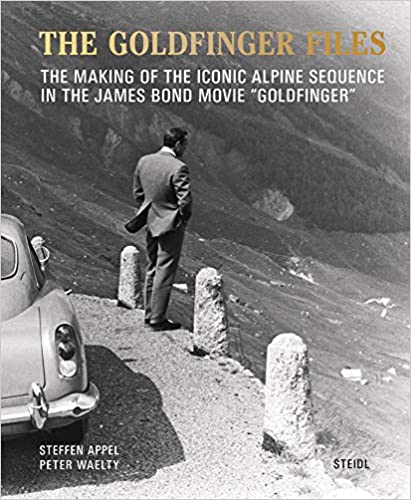


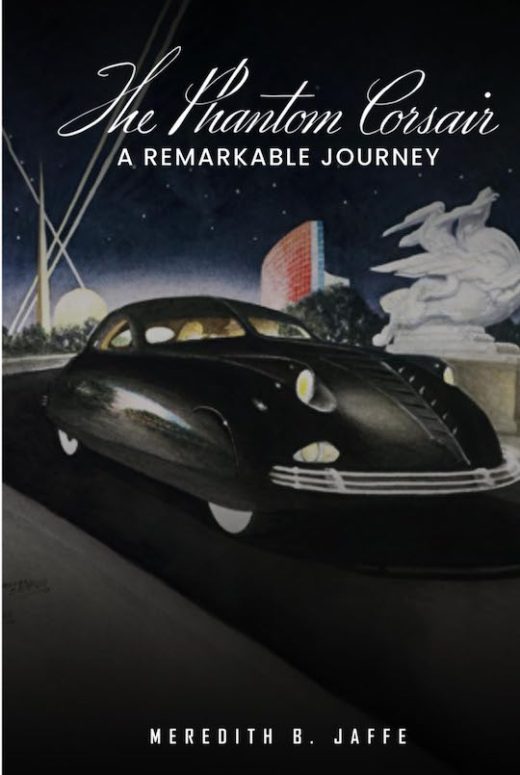
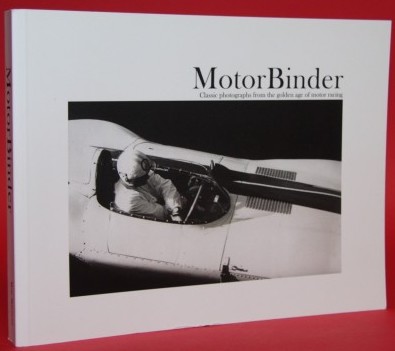

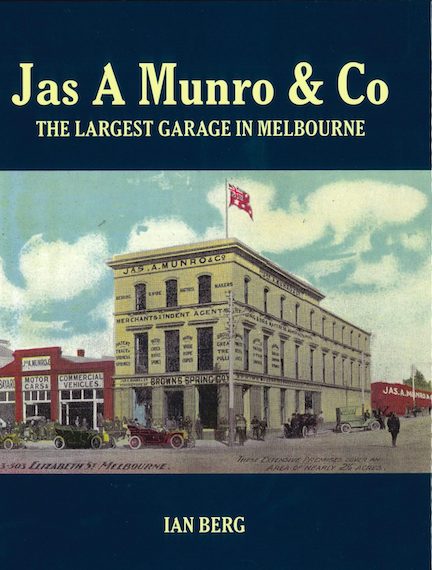
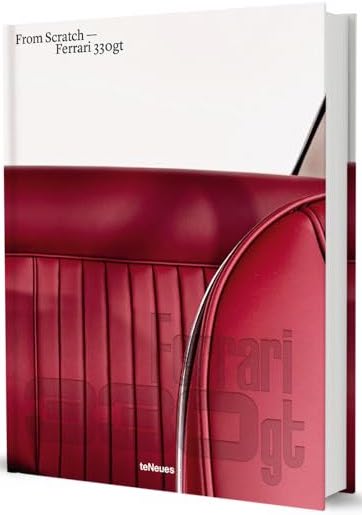



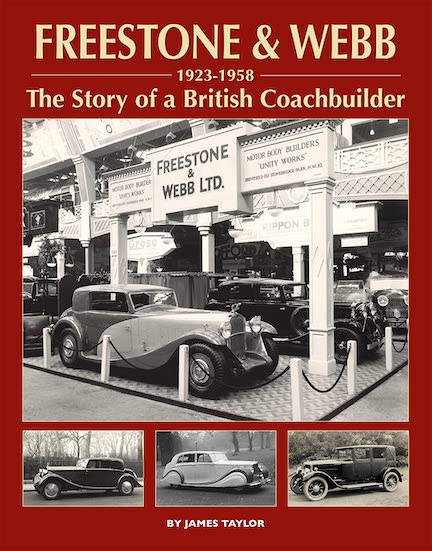

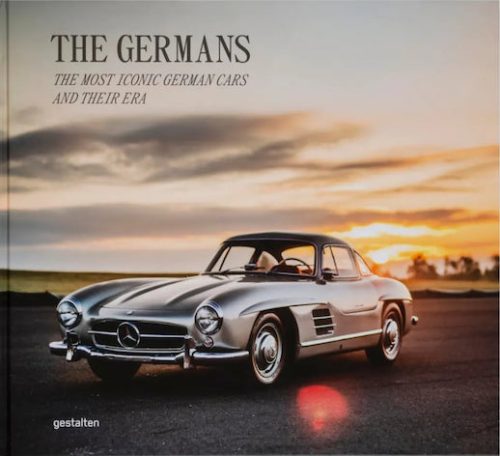


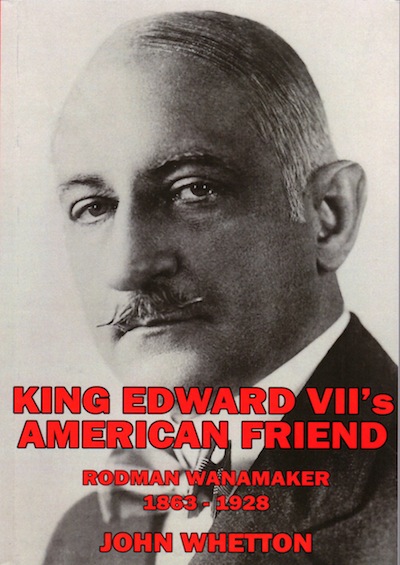


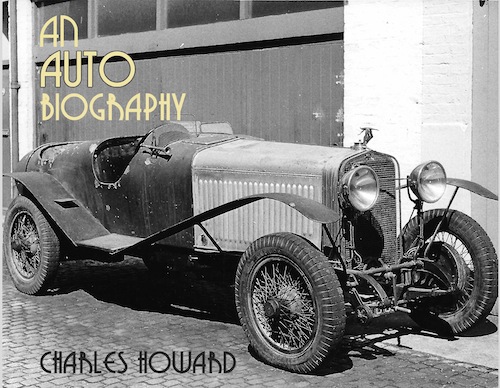
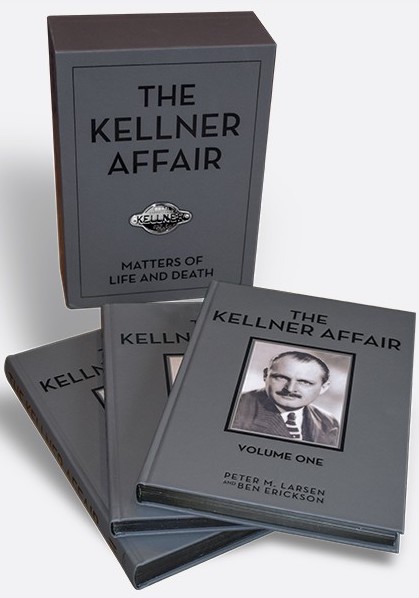



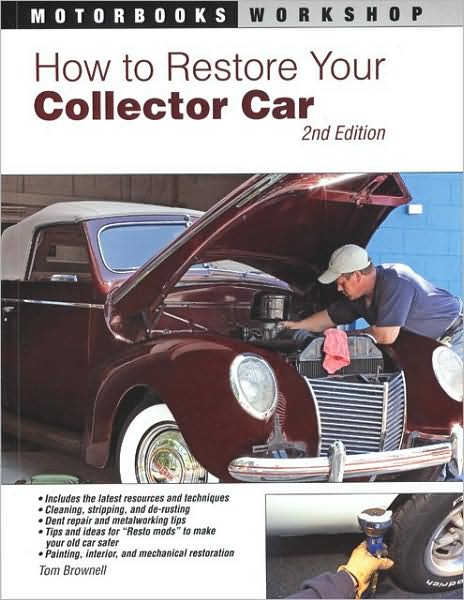

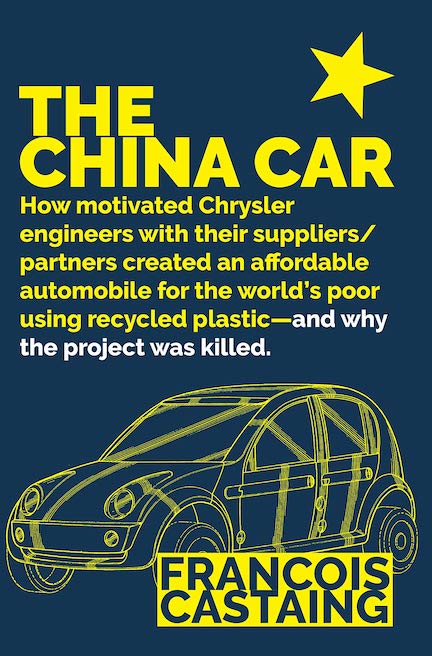



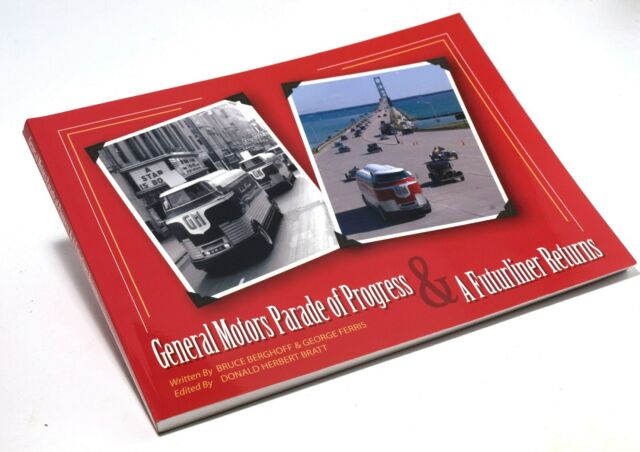
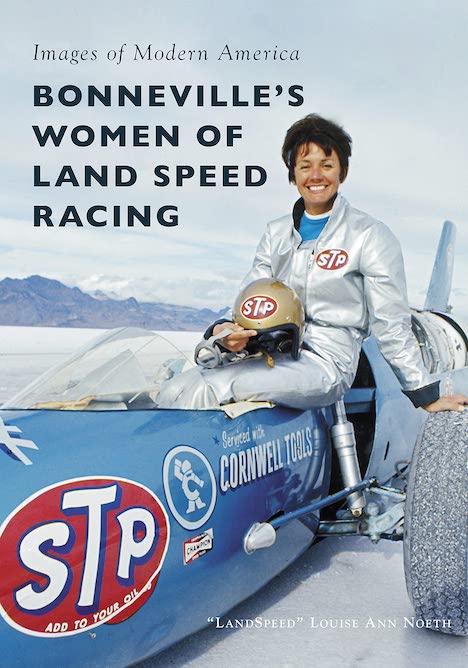

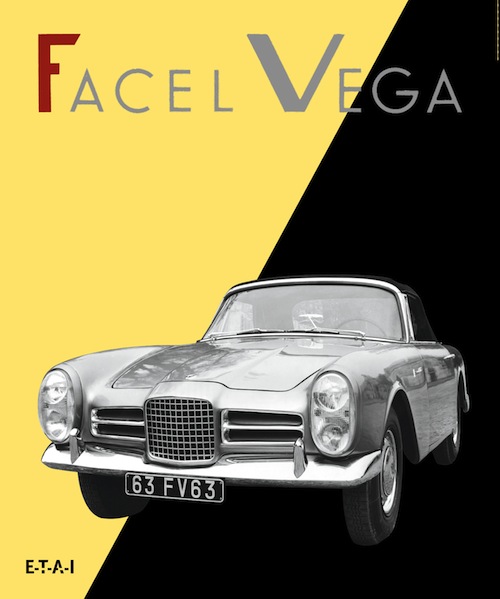


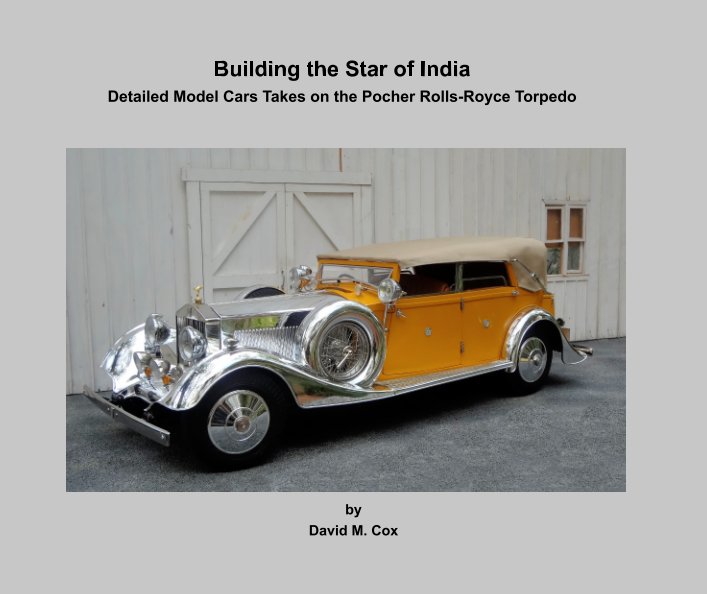


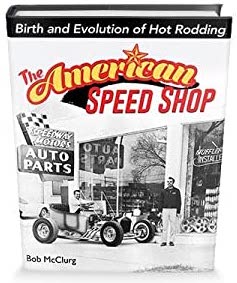




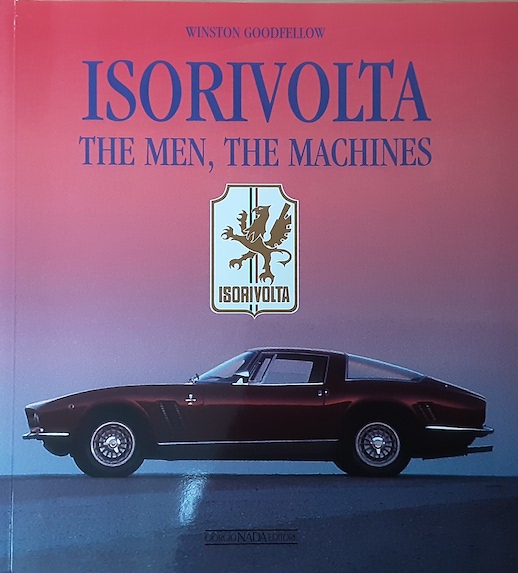


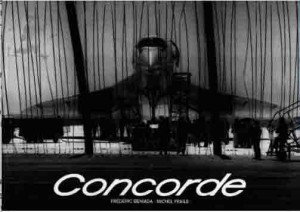


 Phone / Mail / Email
Phone / Mail / Email RSS Feed
RSS Feed Facebook
Facebook Twitter
Twitter